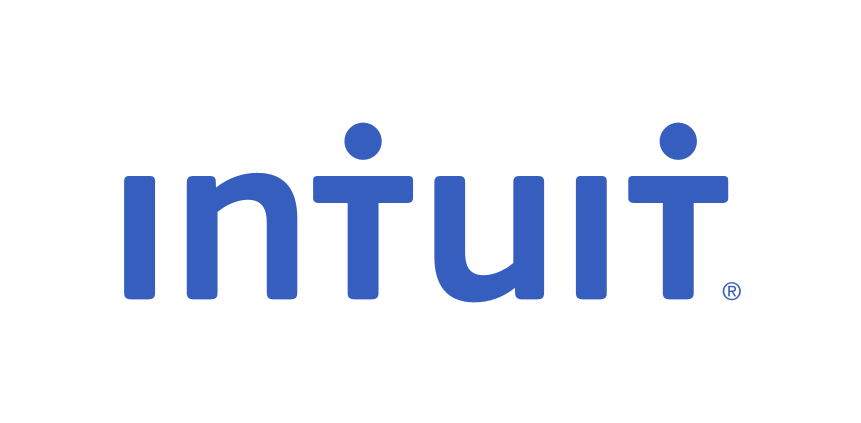The current issue of the Harvard Business Review (January-February 2015) features a great case study about the amazing growth and success of Intuit, and how the company focused on design-driven innovation as it’s platform for success.
I have a personal interest in Intuit, since I’ve helped them recruit some of their UX Design Directors, and since I invited their founder and CEO, Scott Cook, to speak about design thinking at a DMI conference I ran in San Francisco a few years ago. That speech, or I should say conversation, was the highlight of the conference.
One of my co-chairs was Roger Martin, and we interviewed Scott Cook on stage – the interest and excitement about design thinking and design-driven innovation was the topic. Imagine, CEO Scott Cook, who founded Intuit in 1983 after studying Economics and Mathematics at USC and earning an MBA from Harvard Business School, and working at P&G and Baine and Company, explaining to the audience of about 200 design managers why he felt that design was a key to success, and that building a culture of innovation required building a culture of design thinking, and that empowering design leaders to create customer-centric solutions (not technology) was their strategy. It was music to our ears, to say the least.
Fast forward five years to the current HBR, and Scott explains how Intuit is now cashing in on the business results and bringing it to the bottom line. Scott shares how he built a corporate culture around the user and design, stating “We needed an awakening and a more grounded vision. We needed all our people to understand that designing great products and user experiences is a team sport”.
Scott shares how they developed a company wide initiative called “Design for Delight, or D4D, and that to be a great company “Great design would play a major role”. “The challenge was to integrate design thinking into every part of Intuit”. He says that “Talking and thinking about design would’t accomplish much if it didn’t show up in our products”, and that “We tried to get everyone thinking about design”.
In fact, he states that “Today we really are a customer-focused, design-driven technology company”. And you may ask, why does this matter? Scott says “Better design is showing up in our business results”. And Brad Smith, the HBR article author notes that Intuit holds 60% market share, whereas their nearest competitor is just at 18%. Intuit has grown from marketshare of 47 to 1, and a solid number one at that. At Intuit, a focus on the customer by design-driven innovation is their platform for success.
